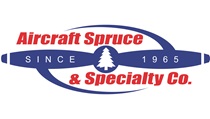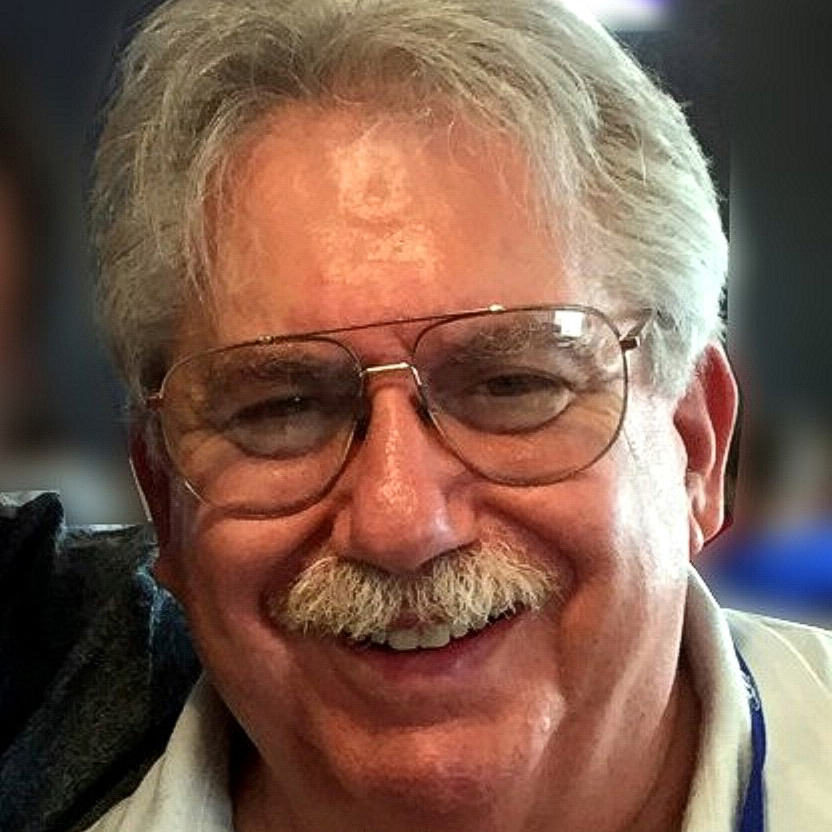 Savvy Maintenance coverage sponsored by Aircraft Spruce
Savvy Maintenance coverage sponsored by Aircraft Spruce
Opinion: Savvy Maintenance
Hot seat: Is it legal to install uncertified equipment in a certificated aircraft?

Mike, I need your help. I am a member of a flying club, and during the recent annual of our club Skyhawk someone got the bright idea to install automotive seat heaters in the plane without an STC or Form 337. This seems like it might be a violation of the regulations. Is it?
Why would our club’s A&P participate in the installation of uncertified equipment and then sign off the aircraft as airworthy? Should I question all the other work this A&P performed? Should I report him to the local FSDO?
This pilot’s strong reaction was clearly predicated on his understanding that all equipment in a certificated aircraft must be FAA-approved. Lots of aircraft owners and mechanics believe the same thing. I’ve even heard flight standards district office inspectors say this. But this common misconception is simply wrong.
Is it installed?
Did you ever bring a suitcase along in your aircraft? Did you ever use an iPad or portable GPS or handheld VHF transceiver in the cockpit? Since none of these items are FAA-approved, did you violate any regulations by doing so? Of course not. But why not?
The answer is that the FAA’s rules about certification of equipment apply only to items that are “installed in or attached to the aircraft.” The uncertified suitcase you stowed in the baggage compartment is not installed in or attached to the aircraft. Neither is a handheld radio or smartphone.
What about the iPad in its suction-cup window mount, or the handheld GPS that is clamped onto the control yoke? The FAA has traditionally interpreted “installed in or attached to the aircraft” as meaning attached to the aircraft with a structural fastener. Suction cups, Velcro, elastic straps, and wingnut clamps don’t count.
This FAA interpretation has been a blessing for pilots and aircraft owners. It’s what allows us to use all sorts of uncertified high-tech equipment aboard our aircraft so long as it isn’t screwed, glued, or riveted to the airframe. That’s a truly wonderful thing.
So, what about a seat heater? A bit of Googling revealed that there are two kinds of aftermarket automotive seat heaters available: external heating pads that attach to the seats with elastic straps, and internal heating pads that are inserted between the upholstery and the foam padding (with some seat disassembly required) and secured with adhesive strips.
The external kind, which is easily removable without tools, doesn’t qualify as being “installed in or attached to.” Therefore, it doesn’t need to be certified. It doesn’t require an A&P’s involvement. A pilot can simply strap it onto the seat, plug it into the cigar lighter socket, and fly off into the sunset with warm buttocks and no concern about violating any regs.
During an annual inspection of the aircraft, the external seat heater attached with elastic straps would not be considered as an airworthiness item any more than would an iPad or a handheld transceiver or a suitcase that happened to be left in the aircraft while it was being inspected. If it’s not “installed in or attached to” the aircraft, then the IA doesn’t need to inspect it.
But what about a seat heater that uses internal heating pads mounted beneath the upholstery and secured to the underlying foam with adhesive? That’s a bit more complicated.

Is it a major alteration?
By any reasonable interpretation, a seat heater that uses internal heating pads is “installed in or attached to” the aircraft. This means that the seat heater installation would qualify as an alteration to the aircraft’s type design.
However, just because it’s an alteration doesn’t mean that an STC or field approval would necessarily be required, or that a Form 337 would have to be submitted to the FAA. Those things are only required for major alterations; a minor alteration requires just a simple logbook entry signed by an A&P mechanic.
What’s the difference between a major alteration and a minor alteration? The regulatory definitions of those terms appear in FAR 1.1 (Definitions) as follows:
“Major alteration means an alteration not listed in the aircraft, aircraft engine, or propeller specifications—
“That might appreciably affect weight [limits], balance [limits], structural strength, performance, powerplant operation, flight characteristics, or other qualities affecting airworthiness; or
“That is not done according to accepted practices or cannot be done by elementary operations.
“Minor alteration means an alteration other than a major alteration.”
In addition, FAR Part 43 Appendix A paragraph (a) provides a list of the kinds of alterations that the FAA considers airframe major alterations: alterations of wings; tail surfaces; fuselage; engine mounts; control system; landing gear; hull or floats; elements of an airframe including spars, ribs, fittings, shock absorbers, bracing, cowling, fairings, and balance weights; hydraulic and electrical actuating system of components; rotor blades; changes to the empty weight or empty balance that result in an increase in the maximum certificated weight or center of gravity limits of the aircraft; changes to the basic design of the fuel, oil, cooling, heating, cabin pressurization, electrical, hydraulic, de-icing, or exhaust systems; changes to the wing or to fixed or movable control surfaces which affect flutter and vibration characteristics.
Now, it’s up to each installing mechanic to determine whether a particular alteration he’s about to make is major or minor—that is, whether it’s “above his pay grade” to approve. Personally, I can’t find anything about a seat heater installation that would meet the definition of major alteration as it appears in FAR 1.1, nor can I find anything in the list in Part 43 Appendix A to suggest that an alterations to the aircraft’s upholstery (including adding a seat heater) would be considered a major alteration by the FAA. Therefore, an A&P might well be able to install a non-FAA-approved aftermarket automotive internal seat heater kit in a certificated aircraft with nothing more than a logbook entry—so long as he did his homework first.
Is it acceptable for installation?
Uncertified equipment gets installed in certified aircraft all the time. If you own a Gulfstream and want to get a bar refrigerator or microwave oven or TV monitor installed in the cabin, you’re not limited to FAA-approved fridges or microwaves or TVs. Lucky thing, too, because there probably aren’t many FAA-approved ones available.
For an installation that qualifies as a minor alteration, the installing mechanic simply must verify that the equipment to be installed meets the same regulatory requirements—that is, the same level of safety—under which the aircraft itself was originally certified. That would be Part 25 for a Gulfstream, Part 23 for a Cirrus, and the old CAR 3 for a Skyhawk.
For example, the seat heater pads would need to be determined not to constitute a fire hazard. They would have to meet the same flammability and toxic fumes requirements that the aircraft upholstery was required to meet. The electrical wiring would need to be done with aircraft-quality wire using acceptable methods for aircraft wiring and include acceptable circuit protection (e.g., fuses or circuit breakers). The seat-heater system would have to be shown not to interfere with the aircraft’s avionics and compass, and not to overload the aircraft’s alternator.
This is admittedly quite a bit of homework for an A&P to take upon himself, and not every installing mechanic is willing. But if the mechanic determines that the seat heater installation meets all these criteria and constitutes a minor alteration, he has the authority to install it and sign it off with a simple logbook entry.
What about the pilot’s concerns?
After explaining all this, I advised the inquiring pilot that I felt it would not be appropriate to report the A&P to the local FSDO. Nothing in what he told me suggested that any violation had been committed. Furthermore, I explained that reporting the A&P to the FSDO would be like calling 911 to complain that your neighbor is playing his stereo too loud (rather than calling the neighbor and asking him nicely to turn down the volume).
I told the pilot that if he sincerely believed that the seat heater installation constituted a fire hazard, it would be prudent for him to raise the issue with the flying club’s maintenance officer or at the next club meeting. If the maintenance officer or the club members shared the pilot’s concerns, it would be appropriate for the maintenance officer to discuss the issue with the installing A&P. It would also be perfectly appropriate for the maintenance officer to instruct the A&P to remove the seat heaters from the aircraft.
In my opinion, it would be poor form to get the FSDO involved in something like this unless the club’s membership was convinced that the A&P’s actions might get someone hurt or killed and the maintenance officer had exhausted all less drastic remedies first.
Mike Busch is an A&P/IA.
Email [email protected]



